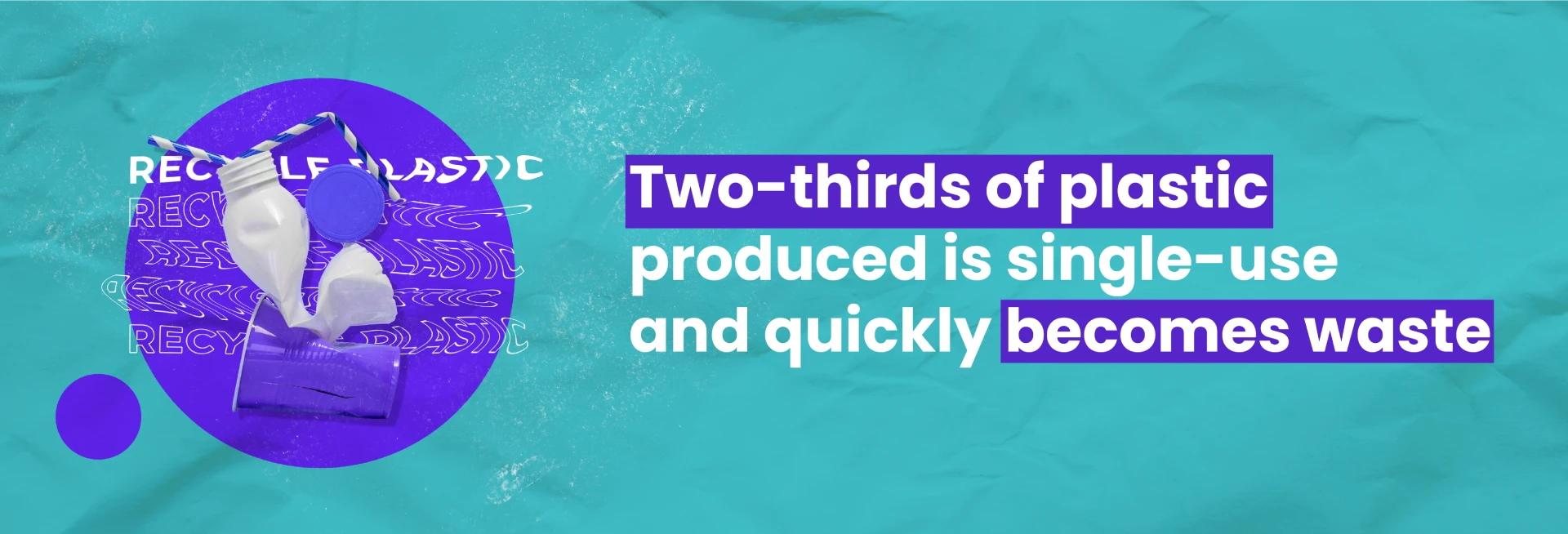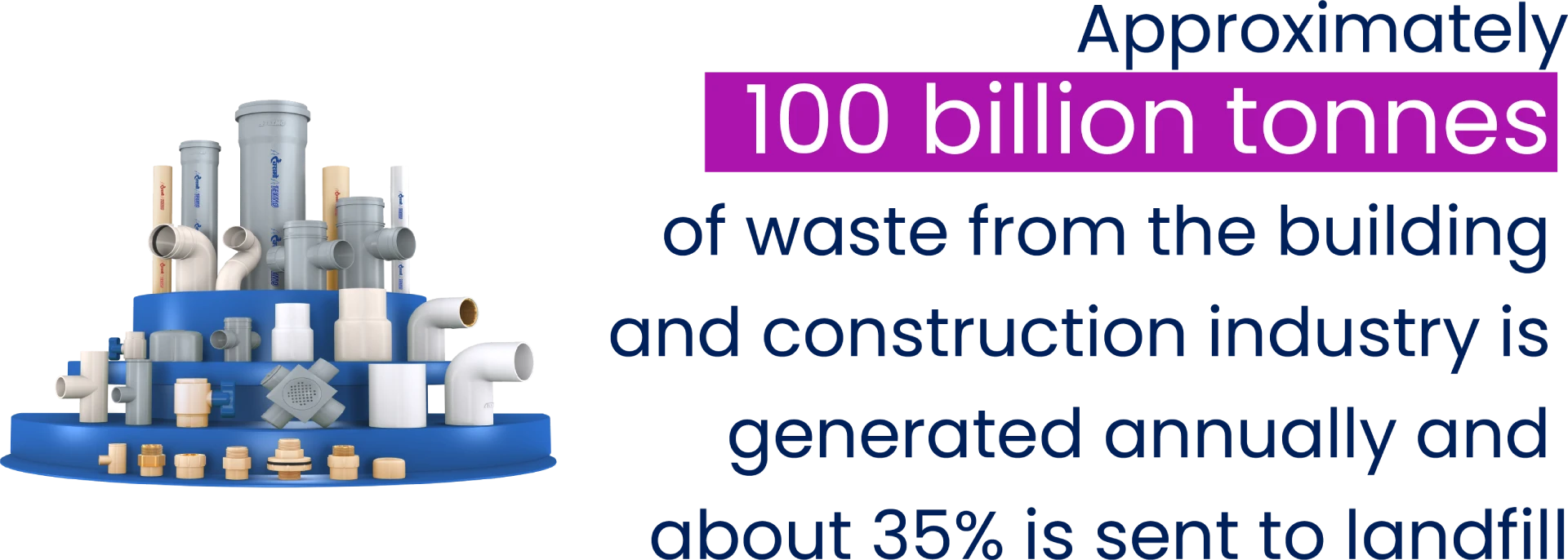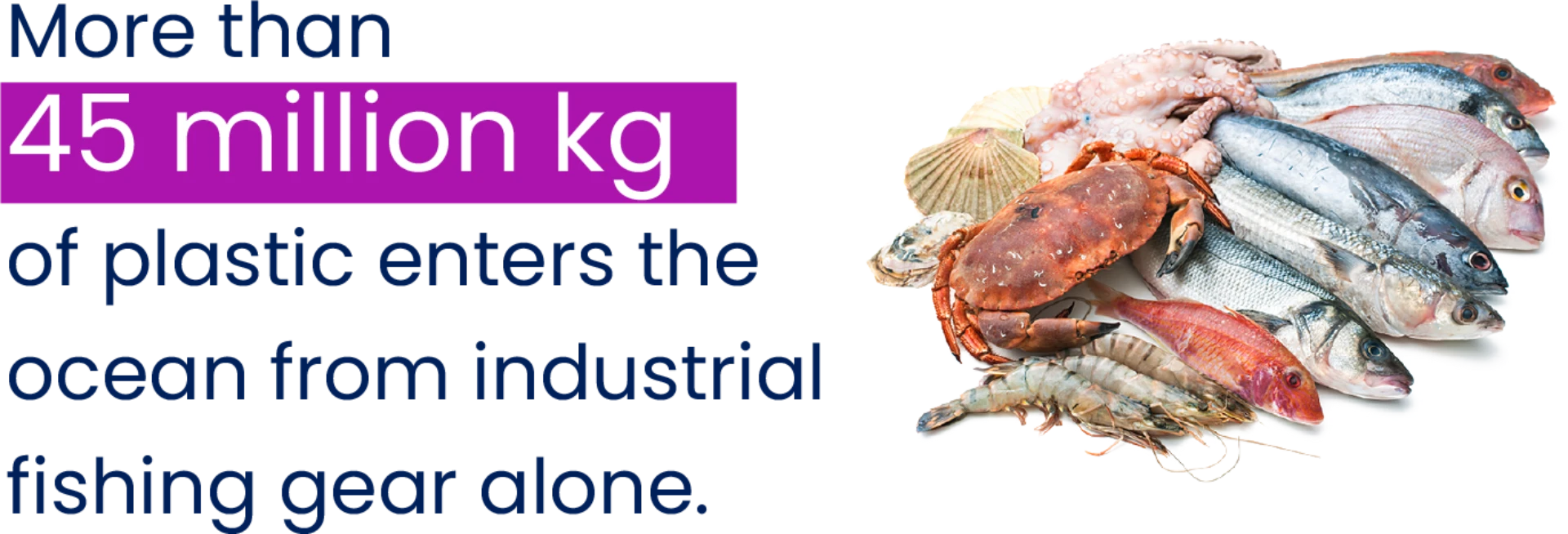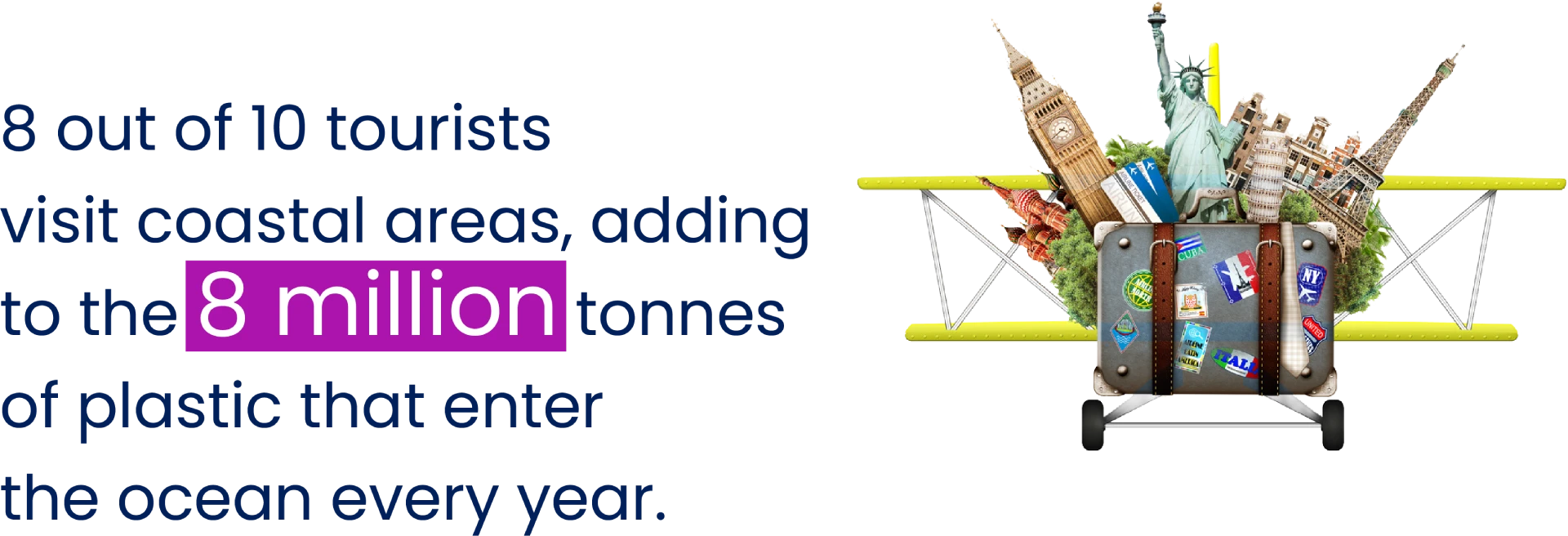Plastic pollution is a major problem that is harming our planet. We produce around 430 million tonnes of plastic a year, and two-thirds of that is single-use plastic that ends up as waste. Plastic pollution can have devastating impacts on our ecosystems and wildlife, our health and well-being, and the global economy.
There are a number of reasons why plastic is so popular. It is relatively cheap to produce, durable, flexible, and easy to transport. As a result, plastic has become ubiquitous in our modern world. It is found in everything from cars to clothes to shampoos.

Plastic production and use releases greenhouse gases (GHGs) into the atmosphere. In 2019, these emissions represented 3.4% of global GHG emissions. If we continue to produce and use plastic at the current rate, emissions from plastics could reach 19% of global emissions by 2040.
Plastic production releases GHGs at every stage of the process, from the extraction of fossil fuels to the manufacturing of plastic products. When plastic is used and then discarded, it can also release GHGs, such as methane, as it breaks down.
The social and economic costs of plastic pollution are also significant. It is estimated that plastic pollution costs the global economy up to US$600 billion per year.

Biodiversity
Every year, an estimated 19 to 23 million tonnes of plastic leak into aquatic ecosystems. This plastic pollution harms more than 800 species, including fish, birds, and marine mammals. Microplastics, which are tiny pieces of plastic that are less than 5 millimetres in size, can be ingested by these animals and can cause a variety of health problems, including starvation, endocrine disruption, and stunted growth. Plastic pollution can also prevent aquatic life from receiving oxygen and light, which can lead to death.
Climate Crisis
The production of plastic is one of the most energy-intensive manufacturing processes in the world. In 2019, plastic production generated 1.8 billion metric tonnes of greenhouse gases (GHGs), which is equivalent to the emissions of 400 million cars. Most plastics are made from fossil fuels, which are a major source of GHG emissions. The production, use, and disposal of plastic are responsible for about 3.4% of global GHG emissions. By 2040, this number is projected to increase to 19%.
Human Health
Microplastics can enter the body through inhalation, ingestion, or absorption through the skin. Once in the body, microplastics can accumulate in organs, including the brain, liver, and kidneys. Some of the chemicals in microplastics are known to be harmful to human health, and they have been linked to a variety of health problems, including cancer, reproductive problems, and neurological disorders.
The burning of plastic waste also has a number of negative health impacts. When plastic is burned, it releases harmful pollutants into the air, including dioxins, furans, and heavy metals. These pollutants can cause a variety of health problems, including respiratory problems, cancer, and birth defects.

The global trade in plastics has grown to over $1 trillion annually. However, the economic costs of plastic pollution are also high. Plastic waste damages ecosystems and human health, costing an estimated $300-600 billion per year. A shift to a circular economy by 2040 could save over $4.5 trillion. It would also reduce greenhouse gas emissions by 25%, create 700,000 new jobs, and improve the livelihoods of millions of workers in developing countries. In short, moving away from the current unsustainable model is better for the planet, the climate, our health, and the economy.












© 2025. All rights reserved by Elicit Research.
